Web Menu
Product Search
Exit Menu
The Ultimate Guide to Choosing Sustainable Outdoor Dining Furniture for Your Home
In recent years, the demand for sustainable outdoor dining furniture has significantly surged, reflecting a growing awareness of environmental responsibility among consumers. According to a report by Allied Market Research, the global sustainable furniture market is projected to surpass $400 billion by 2026, with outdoor furniture experiencing a notable segment in this growth. As more homeowners seek eco-friendly options that enhance their outdoor spaces, it becomes crucial to understand the factors that make a dining set sustainable.
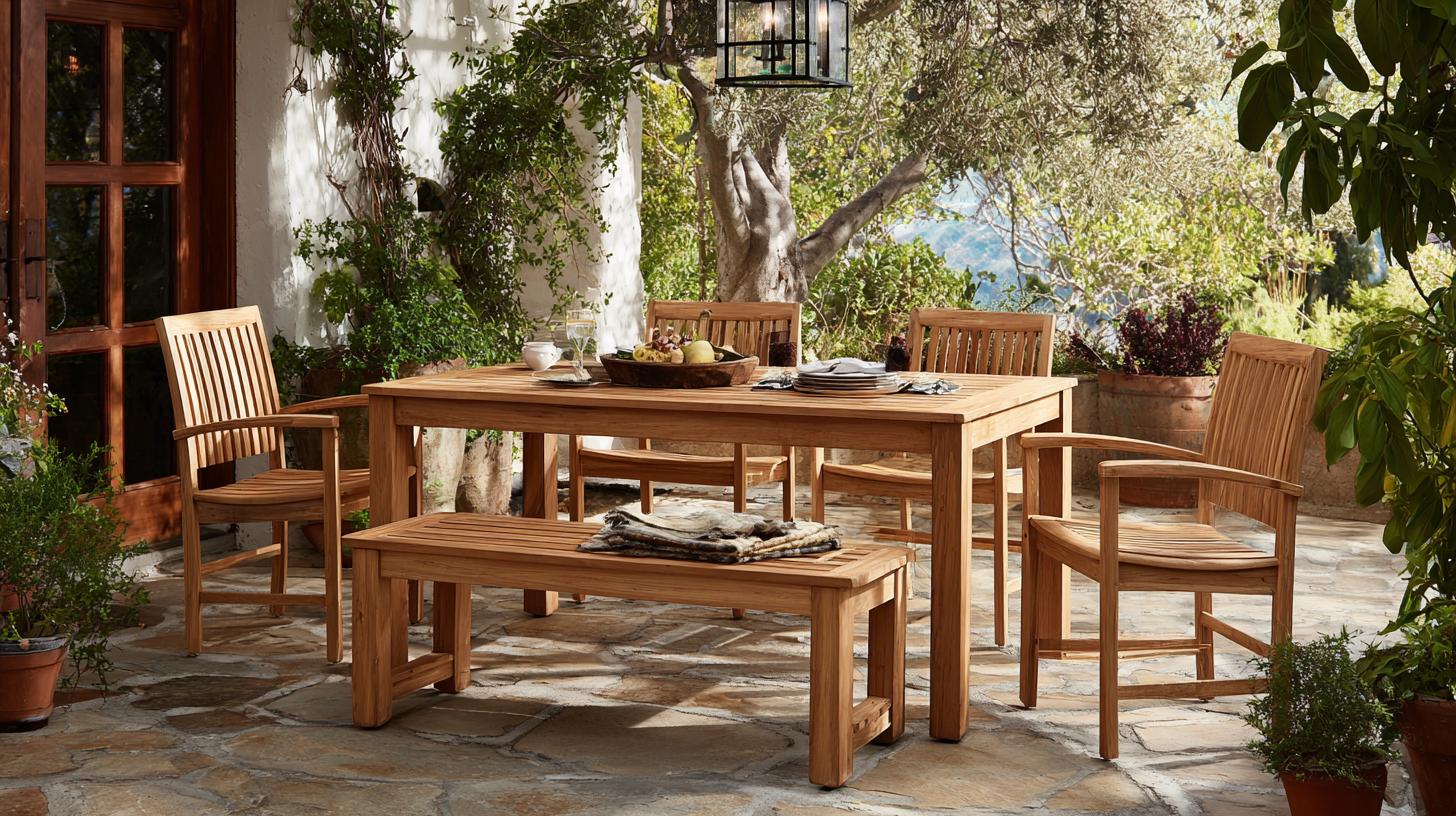
From the materials used—like reclaimed wood and recycled metals—to the manufacturing processes that minimize carbon footprints, aligning your choices with sustainability not only benefits the planet but also enhances the aesthetic and functionality of your outdoor dining areas. This guide will navigate the essential considerations for selecting outdoor dining furniture that meets both style preferences and environmental standards, ensuring your outdoor living space is both beautiful and responsible.
Factors to Consider When Selecting Sustainable Outdoor Dining Furniture
When selecting sustainable outdoor dining furniture, several critical factors must be considered to ensure both environmental impact and durability. First and foremost, the materials used play a vital role. According to the Sustainable Furnishings Council, furniture made from reclaimed wood or responsibly sourced FSC-certified wood can significantly reduce deforestation and promote better forest management. Additionally, recycled materials, such as aluminum and high-density polyethylene (HDPE), not only minimize waste but also provide long-lasting solutions resistant to weather conditions.

Another essential factor is the production process. Look for manufacturers who employ eco-friendly practices, such as using low-VOC finishes and non-toxic adhesives, which contribute to a healthier outdoor environment. A report by the Global Sustainable Apparel Coalition found that transparency in supply chains can also enhance the sustainability of products, reducing the carbon footprint linked to transportation and production processes. Finally, consider the lifespan of the furniture; investing in high-quality pieces that can endure various weather conditions will decrease the frequency of replacements, ultimately benefiting both the environment and your wallet.
Materials That Make Outdoor Furniture Eco-Friendly and Durable
When selecting outdoor dining furniture, the materials used play a crucial role in determining not only the sustainability but also the longevity of the pieces.
Reports indicate that the outdoor furniture market is projected to continue growing, with demand driven by consumers increasingly prioritizing eco-friendly options.
Materials commonly found in sustainable outdoor furniture include recycled plastics,
wood sourced from responsibly managed forests, and metals that can withstand the elements while minimizing environmental impact.
One innovative example is the use of upcycled landfill waste, which transforms discarded materials into durable outdoor furnishings. This approach not only helps reduce waste but also creates resilient products that stand the test of time.
Additionally, the rise of bamboo as a preferred material speaks to its rapid renewability and strength, making it an eco-friendly alternative to traditional wood.
As more consumers become conscious of their environmental footprint, the shift toward using sustainable materials in outdoor furniture is likely to enhance both market share and consumer satisfaction.
Design Trends in Sustainable Outdoor Dining Furniture
In recent years, the outdoor dining furniture market has seen a significant shift towards
sustainability, driven by consumer demand for eco-friendly options.
According to a 2021 report by ResearchAndMarkets, the global sustainable outdoor furniture market is projected to grow
at a compound annual growth rate (CAGR) of 6.2% between 2022 and 2030. This trend is particularly
evident in materials selection, with manufacturers increasingly opting for recycled plastics, reclaimed wood,
and sustainably sourced materials.
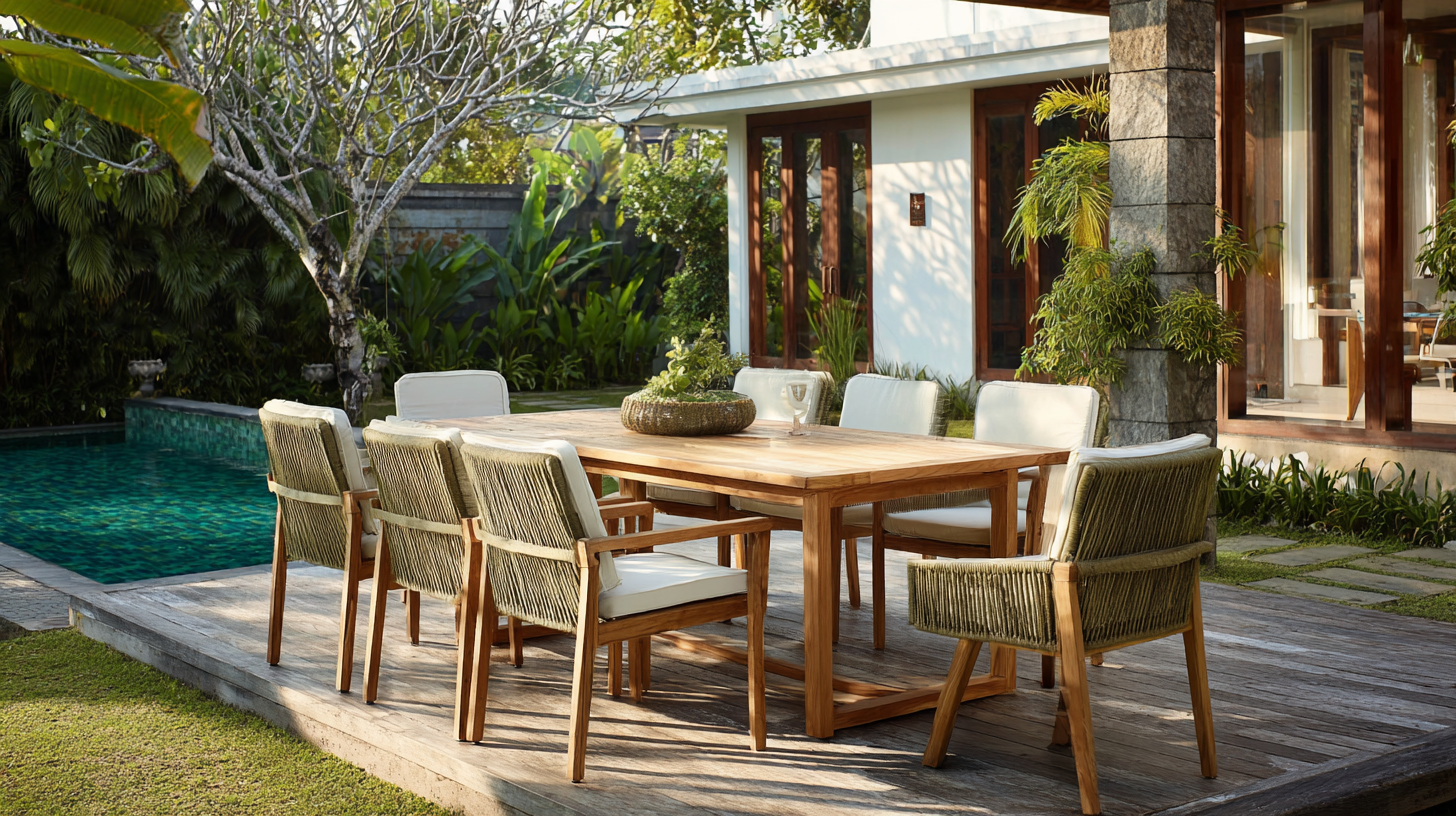
Tips: When choosing sustainable outdoor dining furniture, consider pieces that come with certifications like FSC (Forest Stewardship Council) to ensure wood is responsibly sourced. Also, look for brands that provide transparency about their production processes. Finally, opt for darker colors that can withstand weathering better, reducing the need for replacement or refurnishing.
Tips for Maintaining and Caring for Eco-Conscious Furniture
When it comes to outdoor dining furniture, maintaining and caring for eco-conscious options is crucial for both sustainability and longevity. First, ensure that the materials used are durable and environmentally friendly. Regularly cleaning your furniture with mild, biodegradable soaps can help preserve its appearance and integrity without harming the environment. Additionally, applying natural oils or sealants specifically designed for outdoor use can enhance the lifespan of wooden pieces, keeping them protected from adverse weather conditions.
Furthermore, consider the placement of your furniture to minimize wear and tear. Positioning pieces under shade can prevent fading and cracking caused by prolonged sun exposure. For metal and synthetic materials, using fabric covers during harsh weather can prevent rust and degradation. Lastly, regularly inspect your furniture for any signs of damage or wear, and address these issues promptly to maintain its functionality and aesthetic appeal. Taking these simple yet effective steps ensures that your outdoor dining furniture remains sustainable and beautiful for years to come.
Budgeting for Sustainable Outdoor Dining Furniture: Costs vs. Longevity
When considering sustainable outdoor dining furniture, budgeting plays a pivotal role in achieving both cost-effectiveness and longevity. A recent report projects that the North American second-hand furniture market will reach $25.62 billion by 2033, highlighting the growing awareness of sustainability among consumers who are increasingly opting for pre-owned items. This trend is fueled by the rise of digital resale platforms, which make it easier for budget-conscious shoppers to access high-quality, durable furniture without breaking the bank.
Investing in sustainable furniture not only benefits the environment but also provides long-term savings. Quality materials and craftsmanship ensure that outdoor dining sets can endure harsh weather conditions, reducing the need for frequent replacements. By choosing items that prioritize sustainability, consumers can enjoy outdoor living spaces that are both stylish and ecologically responsible, all while remaining mindful of their budget. As summer approaches, savvy shoppers should explore various retailers that offer an array of eco-friendly options that blend functionality with durability.
Related Posts
-
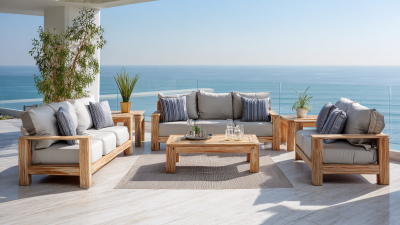
Transforming Outdoor Spaces with Custom Outdoor Furniture Trends at the 2025 China Import and Export Fair
-
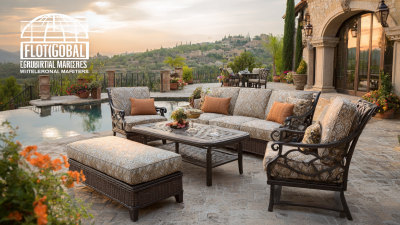
Top Global Patio Furniture Manufacturers Leading the Export Market
-

Discovering the Future of Outdoor Dining Sets in 2025 Trends and How to Elevate Your Space
-

7 Essential Tips for Choosing the Best Outdoor Dining Furniture for Your Space
-

China Quality Manufacturing Your Partner for Premium Custom Outdoor Furniture Solutions
-
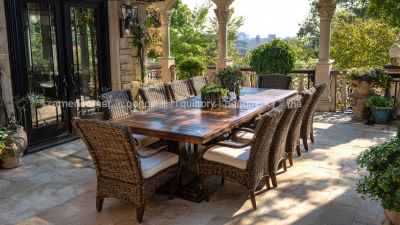
Unmatched Quality in Outdoor Dining Furniture from Global Leading Chinese Manufacturers
-
- about us
- About Us
- Qualification
- Privacy
-
- Packaging products
- Hot Sale
- Outdoor Sofa Sets
- Outdoor Dining Sets
- Outdoor Loungers/Sunbeds
- Swing Chairs
- Single Chair

 English
English España
España عرب
عرب 简体中文
简体中文